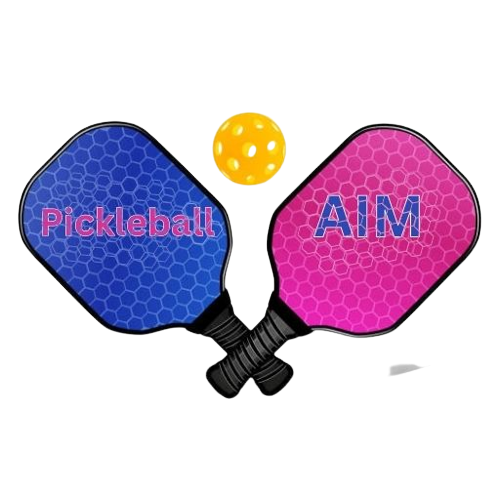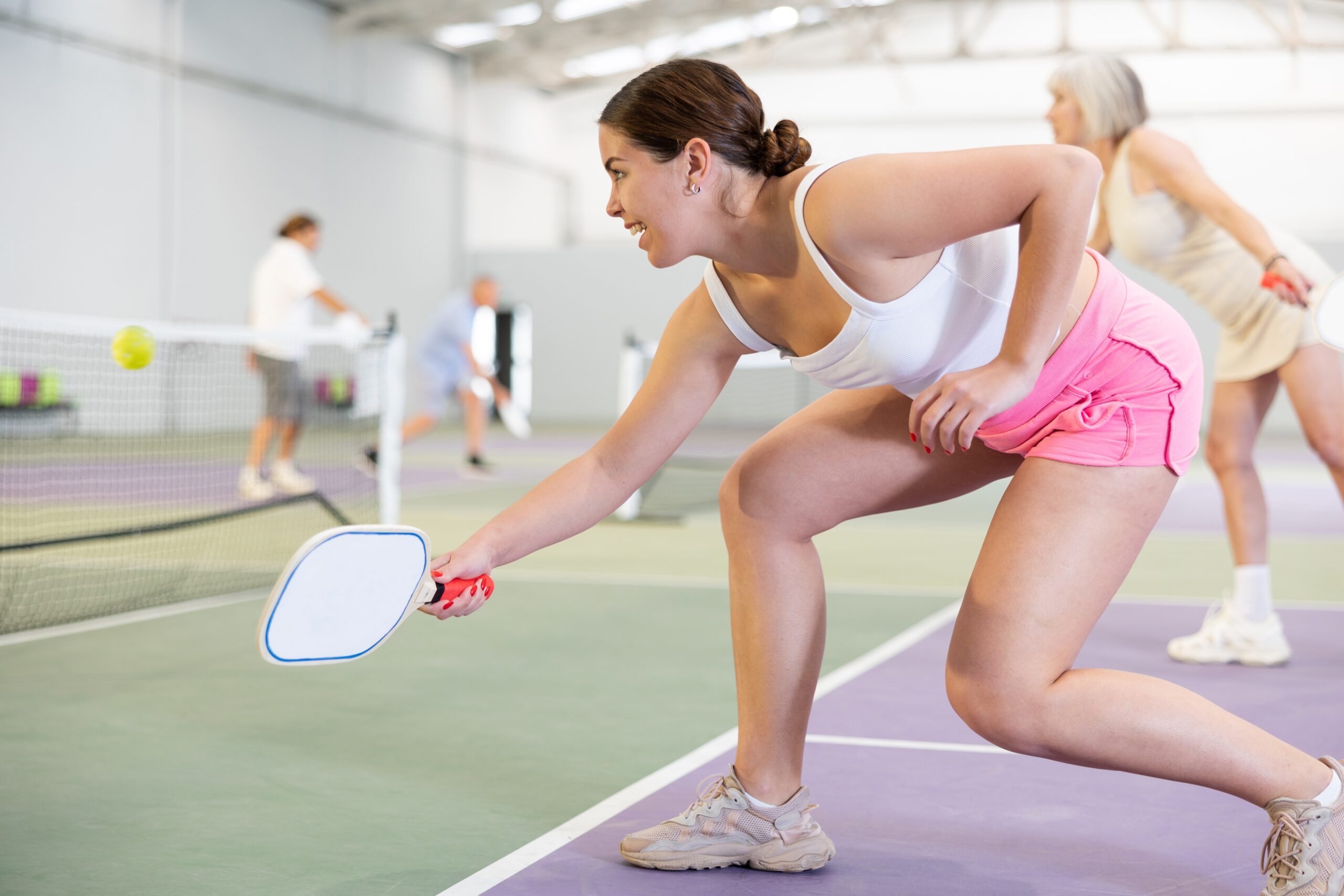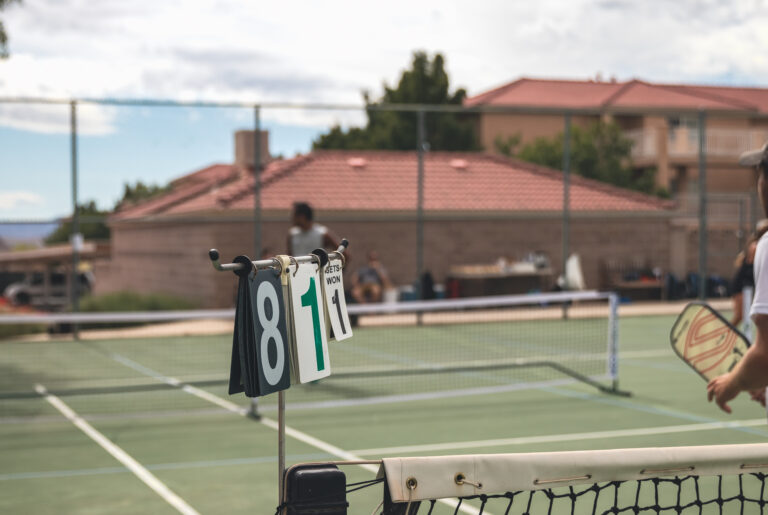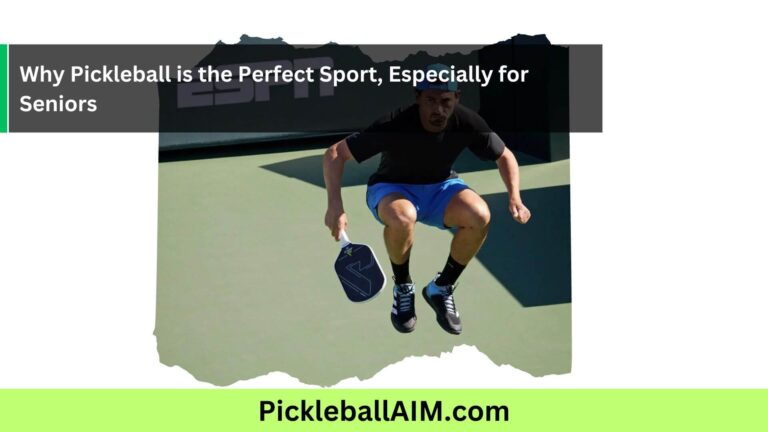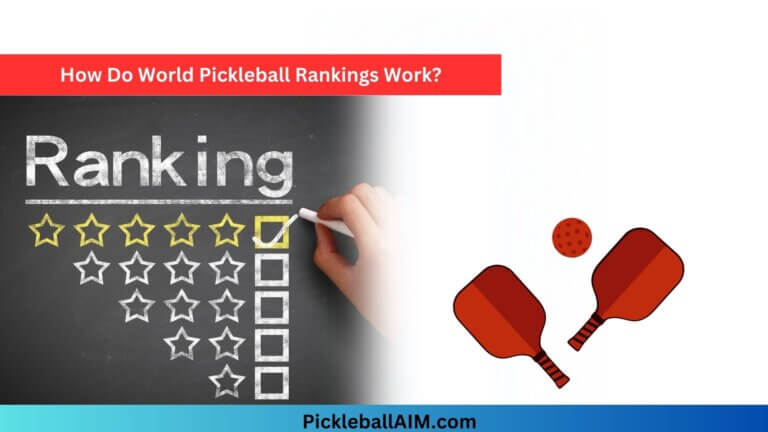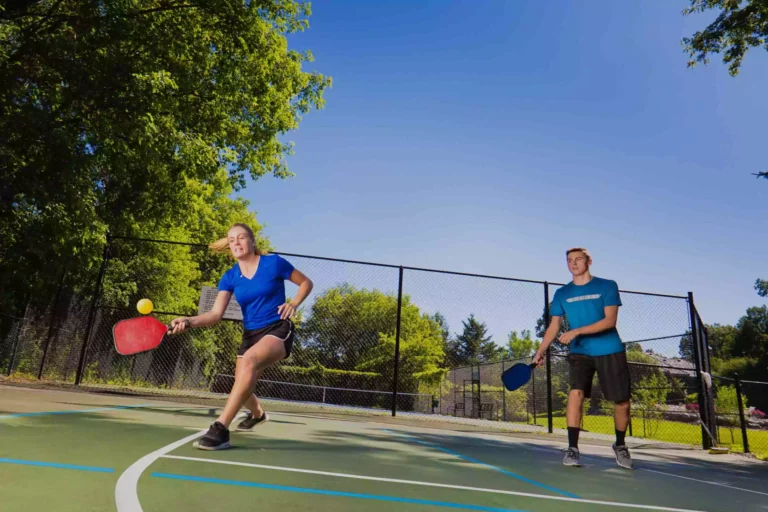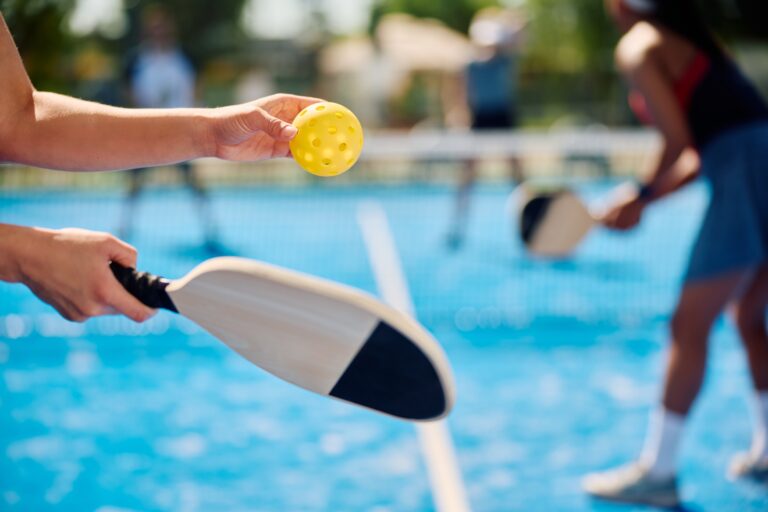Improving Your Pickleball Strategy with Smart Court Positioning
Pickleball is not just a game of physical skill; it’s also a strategic endeavor that requires smart positioning and thoughtful movement. Whether you’re playing singles or doubles, where you stand on the court can significantly impact your ability to defend your side and attack effectively. This post explores essential tips on improving your pickleball strategy through smart court positioning, helping you take control of the game and outmaneuver your opponents.
Understanding the Importance of Court Positioning
In pickleball, every position on the court has strategic implications. Good positioning can enhance your strengths, minimize your weaknesses, and give you the best chance to reach the ball in time to make a successful shot. Conversely, poor positioning can leave you vulnerable to attacks from your opponents, making it easier for them to find gaps and score points.
Basics of Effective Court Positioning
- Stay Centered: In both singles and doubles, keeping close to the center of your area of responsibility allows you to cover the most ground. For singles, this means staying centered along the baseline when not actively volleying, and for doubles, it means both players should maintain a position that keeps them aligned with the ball.
- Move as a Team in Doubles: In doubles play, coordination with your partner is crucial. You should move in sync, like two sides of a sliding door. This movement ensures that there are no significant gaps in your side of the court that opponents can exploit.
- Use the Non-Volley Zone: The non-volley zone, or “kitchen,” is a critical area in pickleball. When you have the opportunity, move up to just behind the kitchen line to make volleys and put away shots. This position allows you to take the ball earlier and hit downwards into your opponent’s court, making it harder for them to return.
- Adjust Based on Your Opponent’s Position: Always be aware of where your opponent is positioned and adjust accordingly. If they are deep in their court, you might stay back to prepare for a powerful drive. If they come up to the net, moving forward can help you engage them in a dink rally or pass them with a well-placed lob.
Advanced Positioning Strategies
- Stacking in Doubles: Stacking is a strategy used in doubles where both players stand on the same side of the court before the serve. This allows the stronger forehand player to handle the middle shots. After the serve, quickly move into your standard positions to cover the court effectively.
- Pinching the Middle: In doubles, the middle of the court is often the best place to target because it can lead to confusion between partners. Position yourself to exploit the middle by playing slightly towards the center, encouraging your opponents to hit there and potentially create errors.
- Lateral Movement for Coverage: Good lateral movement is key to effective court positioning. Practice moving side to side without crossing your feet, which can improve your ability to cover wide shots and enhance your agility on the court.
Positioning to Create Offensive Opportunities
- Force Your Opponent to Move: Use your positioning to hit shots that move your opponent around the court. Forcing them to run side to side or move back and forth between the baseline and the kitchen can lead to fatigue and errors.
- Anticipate the Return: Try to predict where your opponent’s return will go based on their body position and paddle angle. Position yourself to intercept the ball and create offensive opportunities.
- Use Angles: From an advanced position near the kitchen, use angles to create difficult shots for your opponents. Sharp crosscourt dinks or volleys can widen the playing field and open up spaces for winning shots.
Defensive Positioning Techniques
- Retreating Safely: When you’re pushed back by a deep shot, move back quickly but always be ready to come forward again. Keeping a paddle ready in front of you can help you react to fast volleys or smashes.
- Blocking Rather Than Swinging: When out of position or facing a powerful shot, focus on blocking the ball back into play rather than going for a powerful return. This can give you time to reposition.
- Cover Your Weaknesses: Know your weak spots and use your positioning to cover them. For instance, if you’re weaker on the backhand, position yourself slightly more towards your backhand side to give yourself a better chance of hitting a forehand.
Mastering court positioning in pickleball can significantly enhance your gameplay, making you a tougher opponent. By understanding and implementing these strategic positioning tips, you can not only defend effectively but also create offensive opportunities to score points. Remember, good positioning is about anticipation and adjustment. Stay alert, keep practicing, and watch as your game improves with each match.
